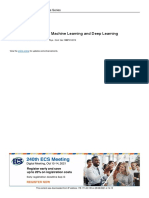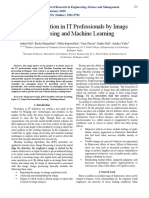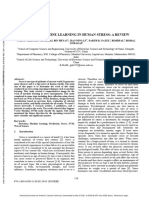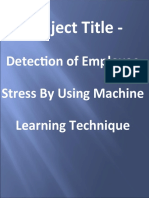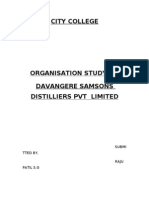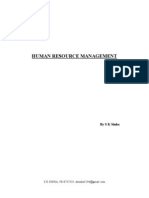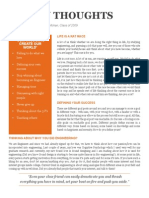0% found this document useful (0 votes)
19 views23 pagesDarshan Int 3
This project focuses on developing a web-based system for predicting human stress levels using machine learning, physiological data analysis, and a user-friendly interface. It aims to collect data such as heart rate variability and sleep quality, process it with algorithms like Logistic Regression, and provide personalized stress management recommendations. The system will utilize Django for backend development and Bootstrap for frontend design, ultimately enhancing individual mental well-being through proactive stress management.
Uploaded by
likithgn17Copyright
© © All Rights Reserved
We take content rights seriously. If you suspect this is your content, claim it here.
Available Formats
Download as PDF, TXT or read online on Scribd
0% found this document useful (0 votes)
19 views23 pagesDarshan Int 3
This project focuses on developing a web-based system for predicting human stress levels using machine learning, physiological data analysis, and a user-friendly interface. It aims to collect data such as heart rate variability and sleep quality, process it with algorithms like Logistic Regression, and provide personalized stress management recommendations. The system will utilize Django for backend development and Bootstrap for frontend design, ultimately enhancing individual mental well-being through proactive stress management.
Uploaded by
likithgn17Copyright
© © All Rights Reserved
We take content rights seriously. If you suspect this is your content, claim it here.
Available Formats
Download as PDF, TXT or read online on Scribd
/ 23
























